
Imagine a logistics marvel woven together by machine learning, automation technology, and a group of dedicated employees. This is not just a warehouse; this is the FBG Logistics Center, a modern logistics hub brimming with vitality, precision, and efficiency. Here, we are not just shipping packages; we are connecting the world. Today, let's embark on a journey to delve into the inner workings of the FBG Logistics Center and how FBG network services support it all behind the scenes.
At FBG, we firmly believe in a customer-centric service philosophy. Every decision we make, every innovation we pursue, is to ensure that your package is delivered safely and swiftly. Our logistics centers span the globe, each a culmination of high technology and humanized management. Here, robots work side by side with employees to sort, store, and transport packages. Our logistics center is not just a warehouse; it is a dynamic, intelligent, and efficient ecosystem.
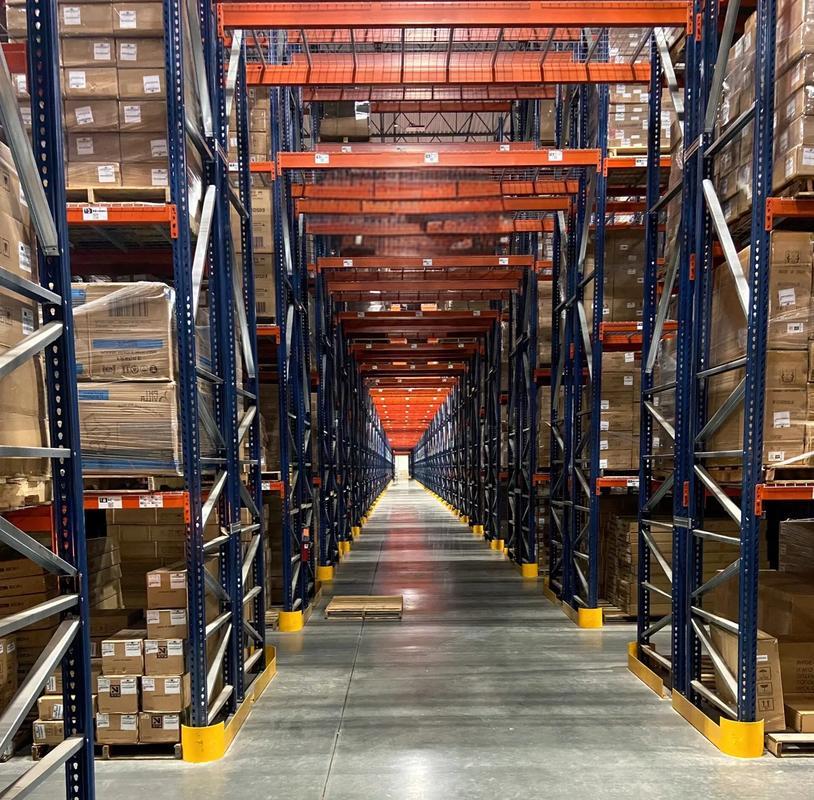
Safety is always our top priority. At the FBG Logistics Center, we employ the latest safety technologies and equipment to ensure that every employee works in a secure environment. From advanced security monitoring systems to regular safety training, we spare no effort in protecting the health and safety of our employees. In April 2020, we began implementing thermal imaging camera systems across multiple business lines in North America to enhance our temperature screening processes. This technology not only improves safety but also efficiency, ensuring that every employee can complete their work healthily.
Our logistics journey begins with the reception of products. Trailers loaded with goods from suppliers and small and medium-sized business sellers arrive at these loading docks by appointment. Employees unload the trailers and begin the process of locating items at their receiving workstations. This logistics center holds millions of pieces of inventory, and with FBG's advanced database services, we manage our inventory, transactions, and other relational database needs. At this site, you can see how our receiving staff receive products and how these products are stored in our inventory.
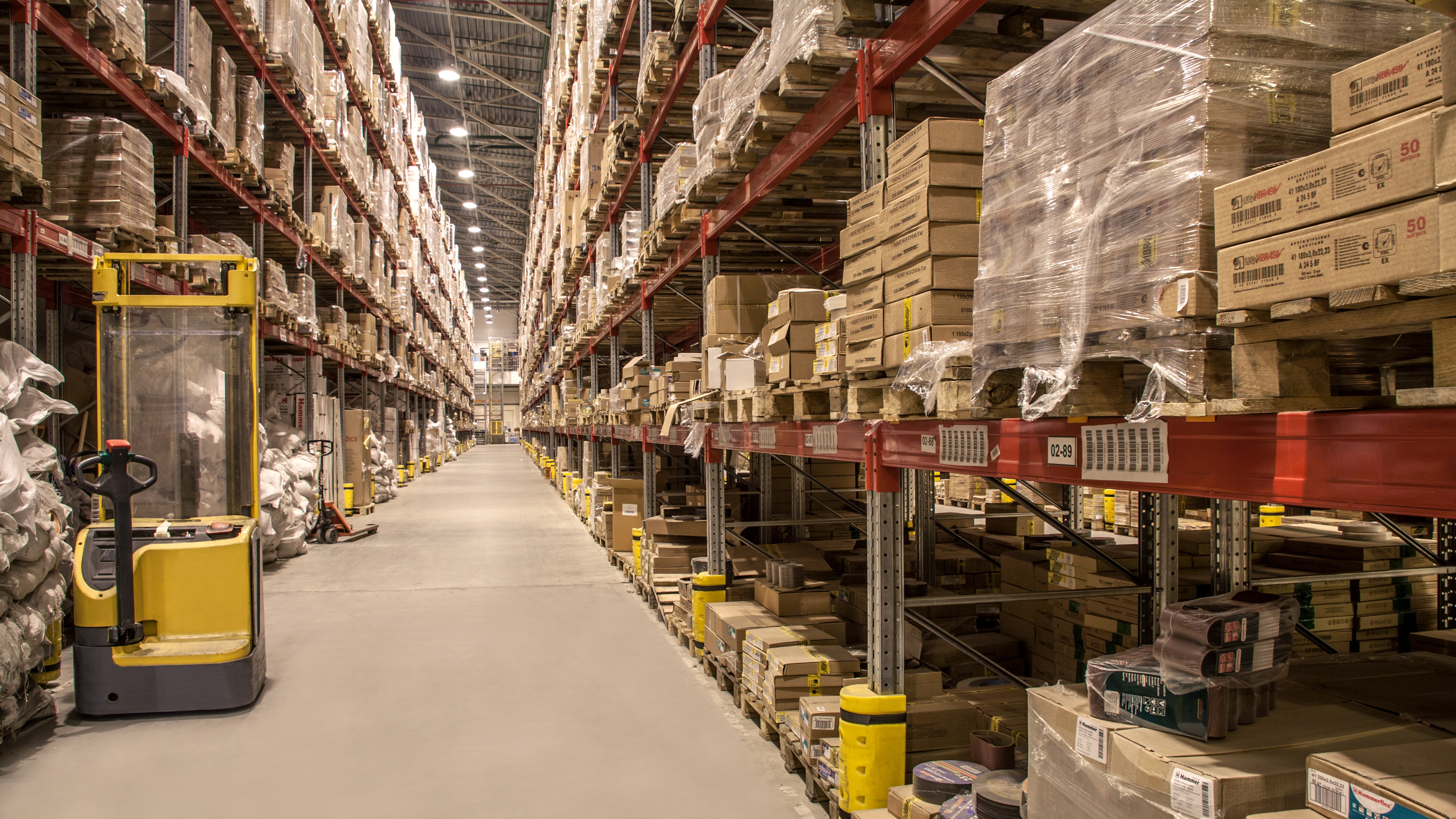
Our employees are the core and soul of our operations. They come from diverse backgrounds, some are veterans, some are active community members, and some work here with their loved ones. They are all remarkable and are the heart and soul of the FBG Logistics Center. Every time an employee touches a product, they scan the unique barcode of the item, which we call the FBG Standard Identification Number or FSIN. This is stored in our inventory system, so we know the quantity and location of the item at any given time.
At FBG, we have found that using a random method to store products is more efficient. This is why you will see a variety of items in every inventory. Once the process is complete, a physical and digital match is created in our system. So, just a few seconds after a product is stored, you can order it on the FBG website. This is an excellent example of how computer vision aids automation. When an employee scans an item, you will see magenta lights on some boxes in the bay. This tells the employee not to place the product in those locations. The artificial intelligence-driven logic has determined that the box is full, and placing the product there might negatively affect the overall weight distribution of the bay, or there is a visually similar product there, which could cause confusion.
Our robot-driven units are spread across thousands on each floor, helping employees complete customer orders every day. FBG robots operate within specially enclosed areas within the logistics center, covering about 65% of the facility's total area. The drive units go to various locations, pick up products from mobile shelves, and deliver them to employees working at ergonomic workstations. To navigate, they read 2D barcodes on the floor and use our own created robot operating system to track their positions in real-time. Our FBG robot team has developed over 100 services to support operations, and FBG network services are widely used in the FBG Logistics Center.
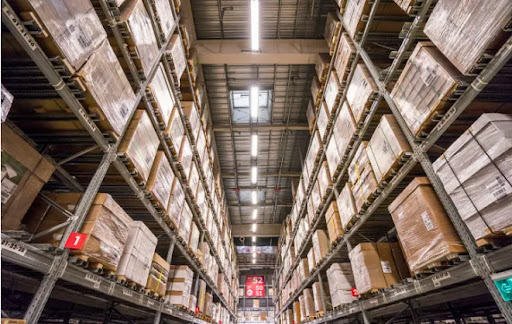
Each sortable logistics center has over one million unique products, helping us achieve our goal of offering the largest selection on Earth. You might be wondering, robots are great, but I just ordered a product. How is it picked? To answer this question, let's go to a picking station. Here we see a layout similar to our storage stations. Once you click the purchase button on the FBG website, our system queues up for the robot to find the inventory bay containing the product you ordered. Once the product is identified, the robot brings it to our employees. The employee workstation's screen displays the pictures and quantities of the products they need to pick. The same visual box checking system used during storage, only this time, the system does not light up the boxes where products should not be placed, but instead, it lights up the location of the product in white light.
At this stage, employees are picking products in batches for different customers. The two picking processes we focus on are single-item orders and multi-item orders. Single-item orders contain only one product per customer order. We fill a yellow tote with single-item orders, which can weigh up to 25 pounds. The yellow totes for single-item orders are sent to the individual packaging line for packaging. Multi-item orders contain multiple products per order. If your six-product multi-item order is all in this building, it is possible that your order is picked by six different people from six different robots, and these products all need to be centralized for a single transport. Your products will be placed in any available yellow tote and sent to our multi-item order assembly station. It is then that we repackage your individual products into a single customer order. Then, once all your products are together, it's time for packaging, to help improve efficiency and reduce the environmental impact of packaging.
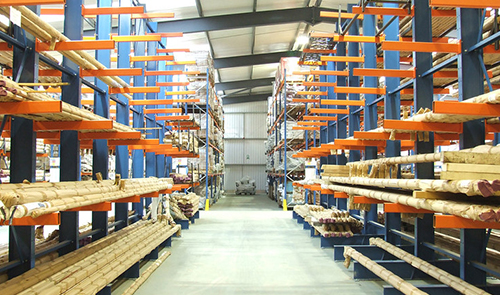
The size of the box or envelope is automatically selected by machine learning algorithms. Even the correct tape length is determined by machine learning and automatically distributed when needed. Add protective packaging materials, place the barcode on the parcel, seal it, and then it's ready to go. That barcode will be very important in what we call the Slam phase. Slam is an acronym for Scan, Label, Apply, and Manifest. The technology here scans the barcode sticker placed on the parcel and immediately knows to print the correct shipping label on the parcel. This is the first time your name and address are placed on the parcel. So how do we know which carrier to use? That is also determined by machine learning in a matter of seconds, an algorithm runs to determine the optimal delivery carrier to get the parcel to your hands on time and at the lowest cost.
There are also quality control measures here. After this, the boxes are weighed, and their weight is checked against the known weight of the products. If the weight is not right, the order will be routed to a special location. From there, employees will open the package and take appropriate action. We are now entering the final stage. After passing all these quality control measures, the parcels are routed to a position on another series of conveyor belts, where the labels are scanned. Then the conveyor belts automatically send each parcel down the correct chute, it will be loaded onto a semi-trailer, transported to another logistics center or sorting center, and finally delivered to you. This logistics center has about 17.5 miles of conveyor belts, and to ensure reliable operation every day, they are monitored by FBG IoT services. FBG IoT Green Grass is helpful here, allowing devices to operate locally on the data they generate while still utilizing the cloud. Events from machinery, in particular, are sent to FBG's Lambda functions to trigger step functions.
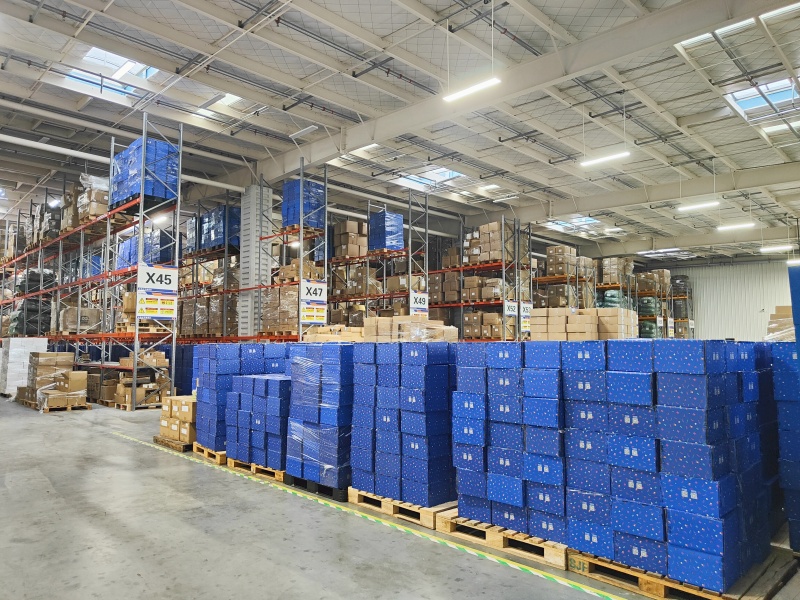
These workflows then coordinate RME operations to maintain equipment, perform inspections, replace faulty motors and belts, and other types of activities. We even collaborate with some automation suppliers to predict equipment failures using FBG ML models and resolve issues before they arise. Thank you for visiting our FBG sortable robot logistics center. We hope you enjoyed our virtual tour.
At FBG, we are not just shipping packages; we are connecting the world. Our logistics centers and network services are at the core of this mission. We believe that through continuous technological innovation and service optimization, FBG can become a leader in the global logistics industry. Thank you for exploring the mysteries of the FBG Logistics Center with us, and we look forward to continuing to serve you in the days to come, delivering more packages safely and quickly into your hands.